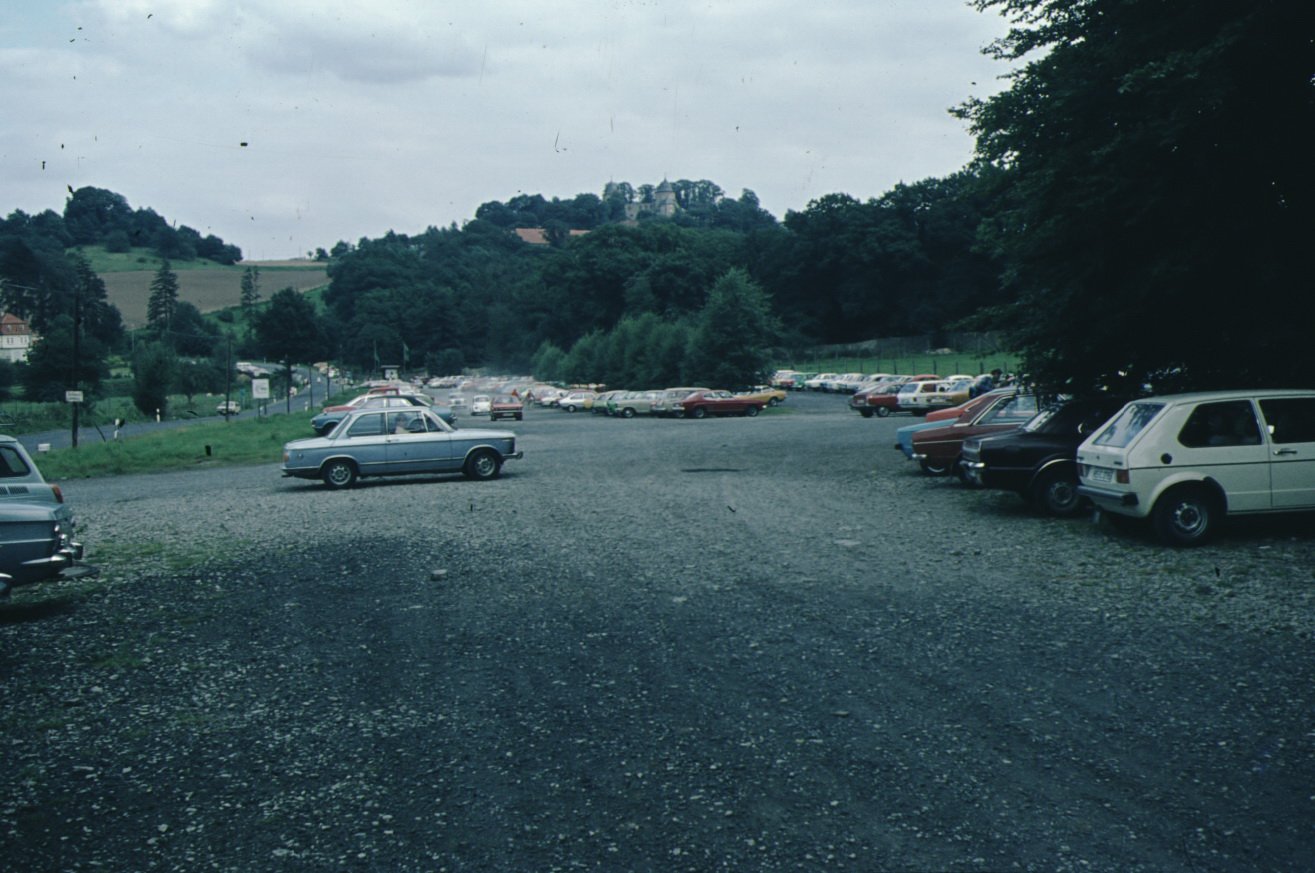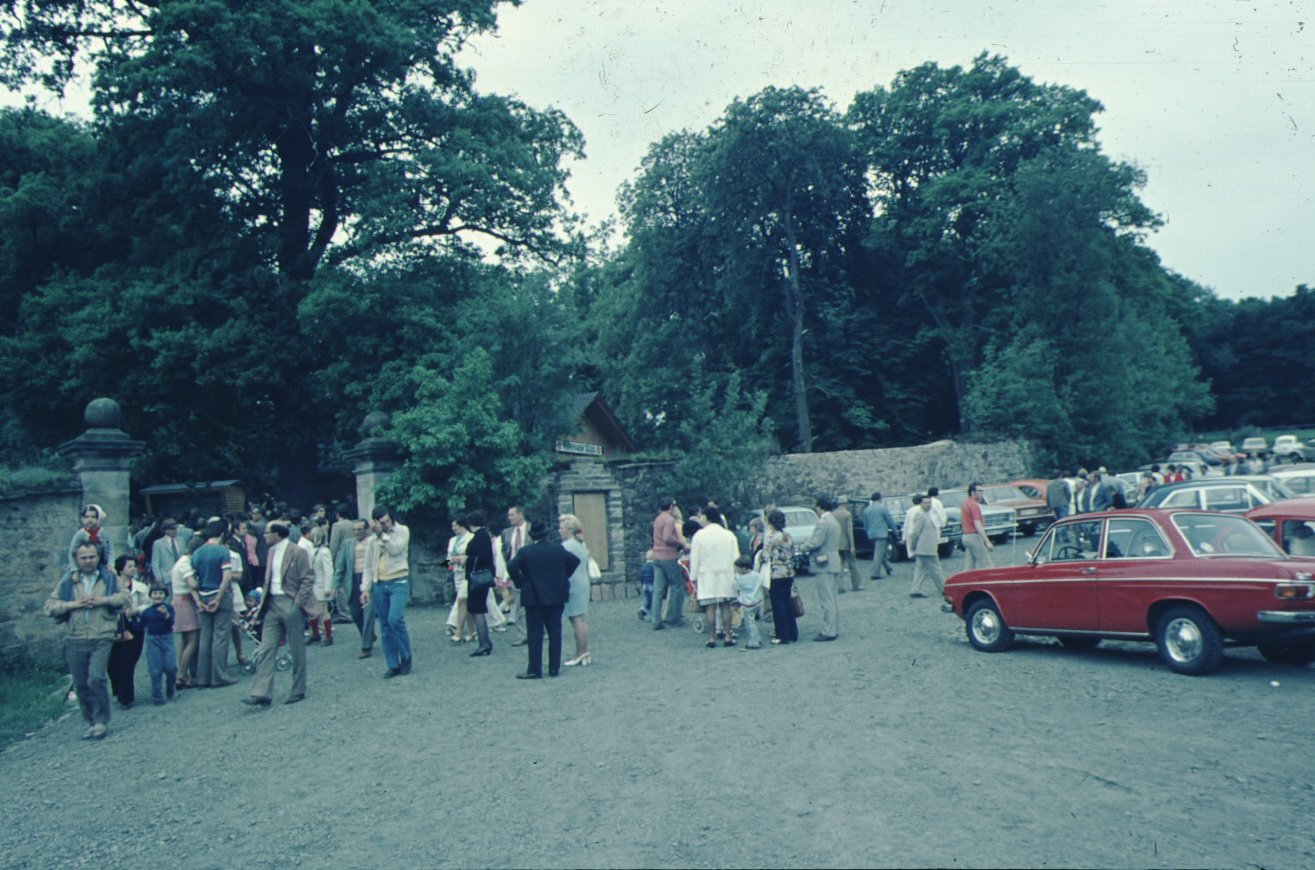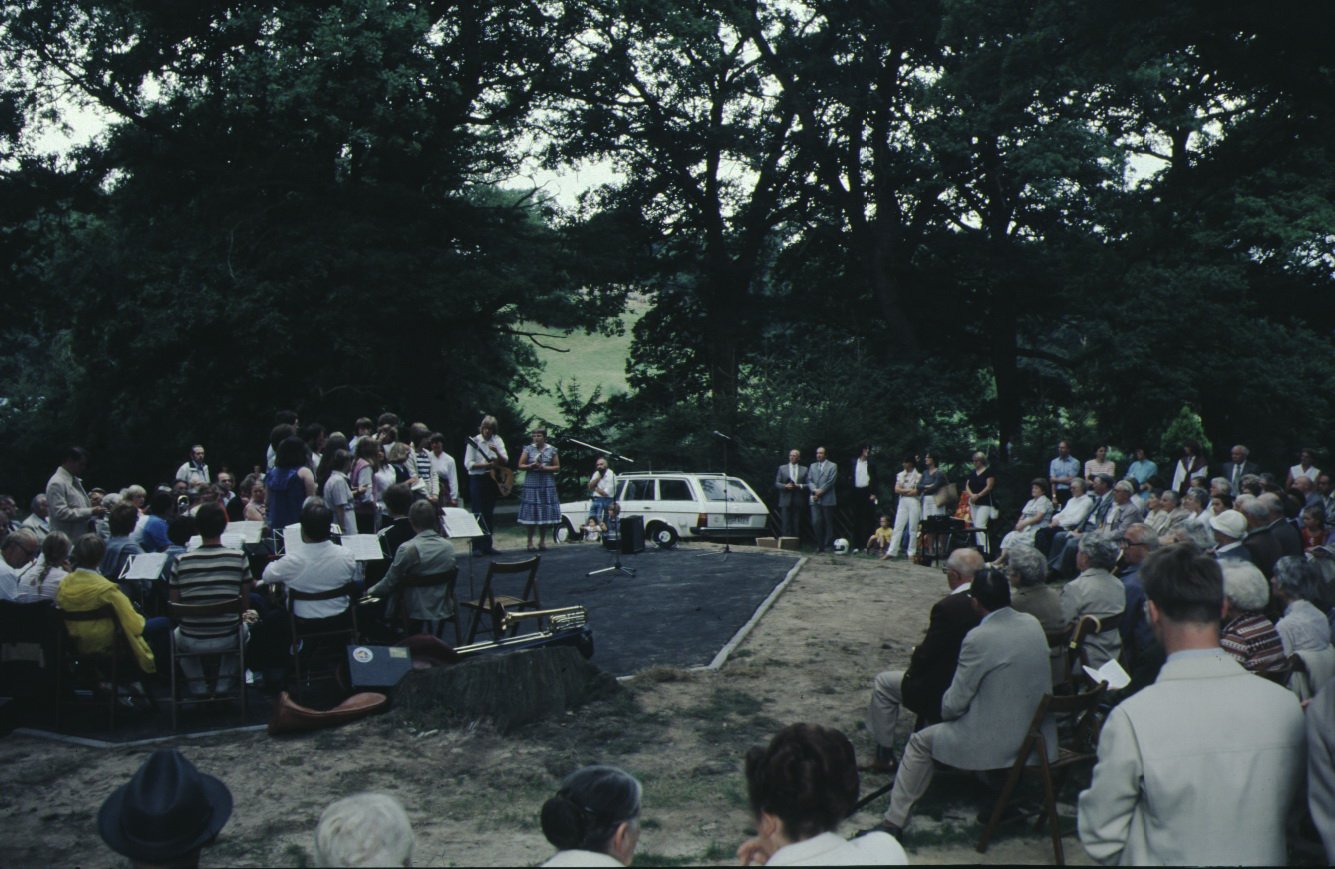History
In 1571, Landgrave Wilhelm IV established a game reserve at the foot of his hunting lodge, Sababurg, which already impressed people with its size and exotic animals. The 5-kilometer-long animal park wall and the large ponds date back to that time. For more than 200 years, this game reserve served as a hunting ground for the landgraves. Large hunting parties were held here, and the game enriched the courtly banquets. Rare or exotic animal species such as white deer, black roe deer, and reindeer from the far north were objects of research and prestige at the princely court.
Around 1770, the animal park was transformed into a baroque style: The central rotunda was designed as a six-pointed star for hunting, and the network of paths was expanded with straight, symmetrically arranged lines of sight.
As the Sababurg was no longer used as a hunting lodge at the end of the 18th century and eventually fell into disrepair, the animal park was subsequently used as a pasture for horses. Horse breeding has a long tradition at Sababurg. In 1490, horse breeding began at Sababurg with the "Sababurger Wilden," and it was continued alongside the keeping of game in the landgrave's game reserve. Horse breeding flourished in the 19th century. Beberbeck, under Wilhelm II, became the electoral stud farm until it was expanded to one of the five Prussian main stud farms from 1878. The animal park was used as pasture for colts by the nearby stud farm. The stud farm was dissolved after World War I. The animal park was now grazing land for sheep, pigs, and cattle of the Beberbeck domain until the early 1970s when the then-district of Hofgeismar began to establish an animal park.
In 1973, Sababurg Animal Park was reopened and has been continuously expanded within the historical wall park to this day.
Thanks to the five-kilometer-long historical animal park wall, the landgrave's game reserve below Sababurg Castle remained in its original form for over 400 years and, after its restoration, is now one of the oldest zoological facilities in Europe. Once a landgrave's hunting ground, the animal park is now a popular recreational facility in the Kassel district with educational tasks in nature and species conservation. Visitors can experience animals up close here and get to interact with them.
They get to know the animals better and gain knowledge about their way of life and potential threats. The animal park animals become ambassadors and advocates for the diversity and protection of their wild counterparts. Already during its re-establishment in the early 1970s, the Urwildpark (primeval wildlife park), Haustiergarten (farm animal garden), and Kinderzoo (children's zoo) were established. Today, native wildlife, including some rare and extinct species in the form of their re-bred descendants, are kept in the primeval wildlife park. The farm animal garden was expanded into an ArchePark with a farm and more old domestic animal breeds. Old and endangered breeds are kept on former grazing lands. The children's zoo features popular exotic species. In these three mentioned areas, young animals naturally grow up under the care of their animal families and contribute to the survival of their species.


